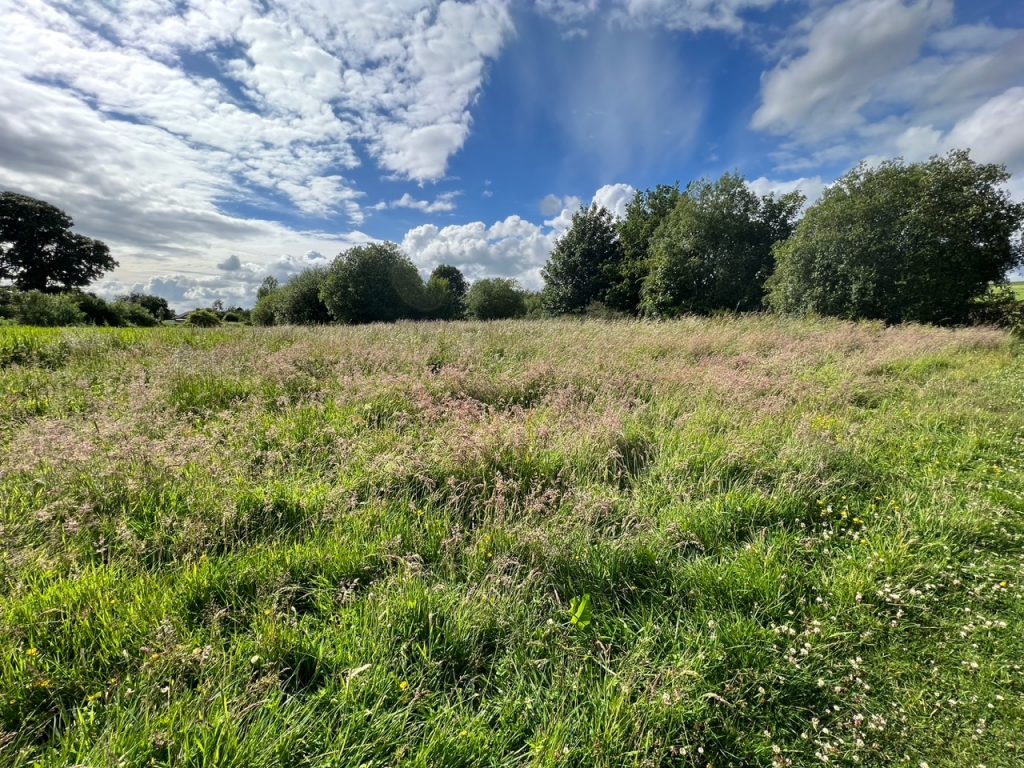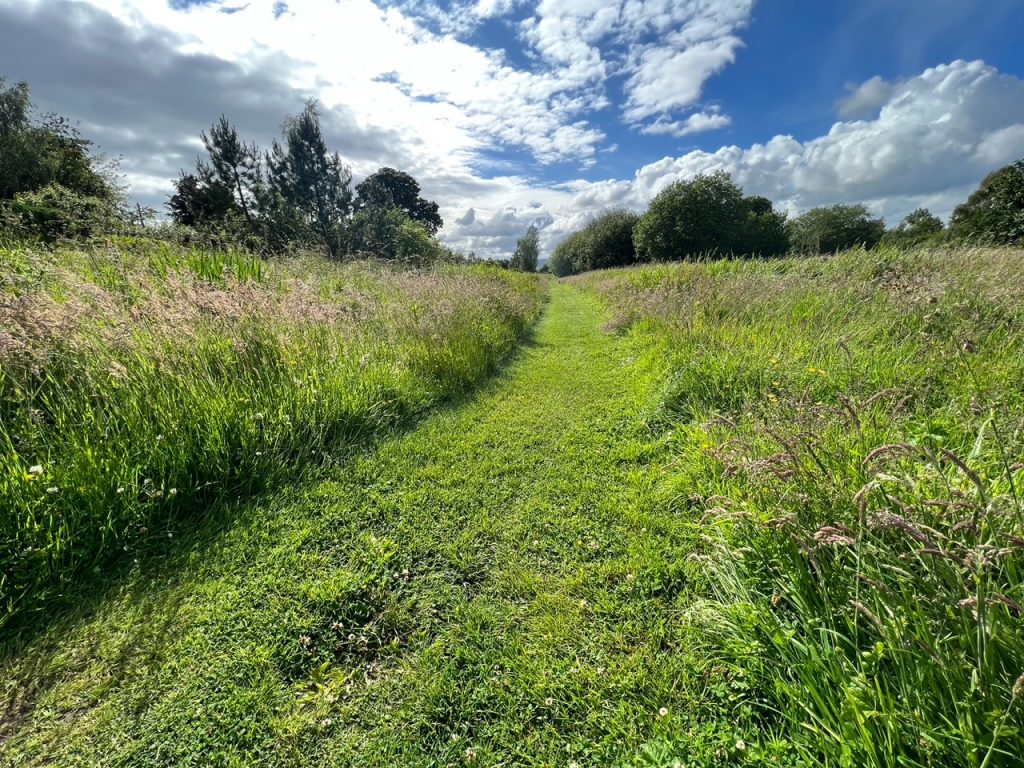Then
By the late 18 th century, Thornhill had reached a population of 626 people. The village is almost unique in having its original planned layout of a straight main street with feus extending north and south (the two commons).
The North Common is maintained in a natural state; the path which skirts the back of plots of Main Street is considered to be the original route west prior to the adoption of Main Street as the principal road. Both commons provide an attractive amenity for the village and are very important as
acting as a green buffer between the built environment of the village and the countryside beyond.
The North Common was used to graze livestock in the early settlement days, and in the mid 1800s, the Curling Club used the ‘lug’ on the North Common. The curling hut is still there at the bottom of the garden of Drumblair.
By the middle of the 20th century, there was a problem with travellers setting up on the North Common, giving the village the name ‘tinkertown’. The village sewage was directed into its ditches and drains and there were complaints of cattle and horses breaking into gardens and straying onto
the road. The Western portion of the Common was cleared and later levelled but had no further development. [credit Stuart McCulloch, Thornhill and its environs]
See more history of the North Common here.
Now

Thornhill North Common is a small but biodiverse site, proposed for designation as a Local Nature Conservation Site by Stirling Council. It comprises a range of habitats, including broadleaved woodland, scrub, unimproved neutral grassland, marsh and swamp, and tall ruderal vegetation. Six of these habitat types are of conservation concern, with the marsh/marshy grassland communities present of most value due to their floral composition, supporting a significant Northern Marsh-orchid population.

This habitat diversity supports a wide range of species, with 241 plant species recorded in total since 1994 and 161 recorded during the 2020 habitat survey. The most significant species of conservation
concern were Lesser Butterfly-orchid, only reported in 1999, and Greater Butterfly-orchid, which was recorded during surveys in 2010 and 2020. A sizeable proportion of the vascular plant species present were non-native, for example garden escapes, with some forming significant stands on site.
73 bird species have been recorded on and around the site, with 49 species using the site itself for breeding, foraging and overwintering. Many of these are of conservation concern. Ten mammal and one herptile species have been recorded on the site, although no dedicated surveys for these taxa
have been carried out. 125 invertebrate species have also been found on site, the majority of which were moths found by targeted moth trapping.
The North Common is owned by the village with the North Common Trust overseeing management of the site, including maintaining the ditch network, mowing paths and so on. There is a separate orchard group looking after the orchard. In both instances, contact northcommontrust@gmail.com
for information or to volunteer your time to help in the management of our common. [credit Matt Harding, Thornhill North Common Habitat Survey]
